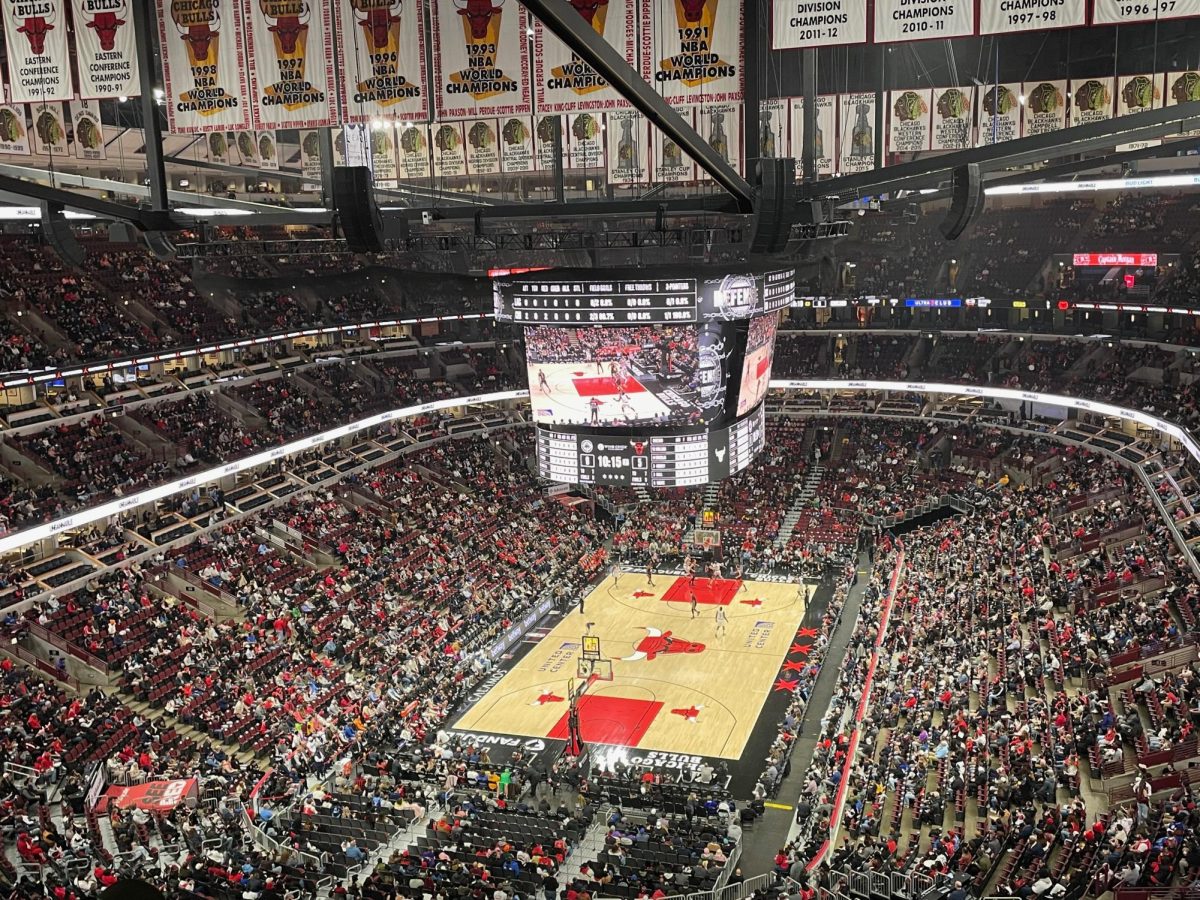For a long time, the Chicago White Sox were as predictable as it got. In 2017, they lost 95 games; in 2018, 100; in 2019, 89. The team had sunk, almost dreamlike, into baseball’s lowest echelon. But 2020, as it did with so many aspects of life, brought change, and for a team with nothing to lose, that could only be a good thing.
During the shortened 2020 MLB season, the White Sox exploded out of the gates, clinching a playoff berth on September 17 for the first time in over a decade, eventually finishing third in the highly competitive American League (AL) Central.
The team had always had good players on their roster, but 2020 was the first time in a while where it felt like the Sox’s potential stars were becoming actual stars. First baseman José Abreu, who had always been a high point of Chicago’s low years, had the best offensive season of his career, leading the American League in runs batted in (60), hits (76), and slugging percentage (.617). His efforts were rewarded at the end of the season, as he took home the AL MVP award. Pitcher Dallas Keuchel, who the Sox had paid $18 million for over the offseason, proved he was worth every penny by going 6–2 with a 1.99 earned run average.
It was Lucas Giolito, however, who showcased the team’s best pitching performance in 2020. Back in 2018, Giolito was on the brink of being cast out of the majors entirely, after putting up a 6.13 earned run average and walking 90 batters in 173.1 innings. But on August 25, his no-hitter against the Pittsburgh Pirates summed up his renaissance as an elite pitcher. His four-seam fastball zipped past hitters, and his change-up left them frozen in the batter’s box. Giolito struck out 13 Pirates that day.
Rookie second baseman Nick Madrigal entered the big leagues in late July for the White Sox and exploded for a four-hit game on August 2. He continued looking sharp throughout, finishing the season with a .340 batting average in 109 plate appearances. Rookie center fielder Luis Robert also looked good, with the 22-year-old absolutely crushing baseballs at times. Robert homered just two days after his major league debut, and hit a monstrous 487-foot shot in the third game of the Wild Card Series.
That October 1 game would be the only game the White Sox played in October 2020, as they lost that Wild Card Series to the Oakland Athletics 2–1. Still, they had made it, which was more than most White Sox teams of the past could say, and they had made it in style. They had hit bombs; they had pitched gems. As it turns out, they weren’t the team of the present, but—White Sox fans will hope—they may well be the team of the future.
At the end of the 2020 season, the Sox fired their manager, Rick Renteria. This decision seems strange considering their rebirth in 2020, and all the stranger considering that Renteria was well-liked by players and board members alike. But Renteria had been in charge for four years, and General Manager Rick Hahn decided that a change was necessary after a disappointing second half of the season. Renteria’s replacement, announced on October 29, 2020, was Tony La Russa. Older White Sox fans might already be familiar seeing La Russa chewing tobacco in the dugout: He’s managed the team for seven years already from 1979 to 1986. With three World Series rings over his lengthy managerial career, he certainly has the know-how required to bring a title to the South Side of Chicago. That being said, the choice of La Russa as manager didn’t go over well with many fans; the news that he had been arrested for drunk driving in February 2020 didn’t help either. It will be a test for him to get the best out of his young and old talent alike.
So what are the White Sox’s prospects like heading into the 162-game 2021 season? The team is the definition of upwardly mobile at the moment. Yes, there is always the possibility with Chicago sports that things will go wrong. There was that worrying stretch at the end of 2020 when the White Sox dropped seven of their last eight games and ended up in the playoffs by the skin of their teeth. It will continue to be tough to wrestle the division away from the homer-happy Minnesota Twins and the experienced Cleveland Indians. But, at least on paper, the Sox have what it takes.
Their biggest strength, of course, is their offensive firepower. Abreu has been raking since 2018, and showed no signs of stopping last year. Robert has demonstrated the ability to swat balls out of the park without breaking a sweat. And if Madrigal, who had shoulder surgery this offseason, continues where he left off in 2020, he should nail down a starting spot at second base thanks to his hitting ability. And all this is before third baseman Yoan Moncada and veteran shortstop Tim Anderson even come into the picture; their talent at the plate has earned them both MVP votes in the last two years.
Trades that have taken place this offseason have only strengthened the White Sox’s position. Though they lost catcher James McCann to the New York Mets, who shined for them in 2019, they possess a suitable backup in Yasmani Grandal. The Australian pitcher Liam Hendriks, who was recently dubbed the top reliever in baseball by MLB Network, was the White Sox’s first big offseason acquisition.
Pitcher Lance Lynn and right-fielder Adam Eaton have also joined the team. They are both players entering the later years of their careers, but they add experience (both are World Series winners) and cover positions that the White Sox were lacking bodies for in 2020.
Their division rivals in the Twins and the Indians have not, at time of writing, picked up any significant new players this offseason. In fact, the Indians have gotten significantly weaker after the losses of both star shortstop Francisco Lindor and pitcher Carlos Carrasco. There is a gap opening up in the AL Central, and the Chicago White Sox, after struggling in the depths for so long, have a good chance to continue their rise to the top.








